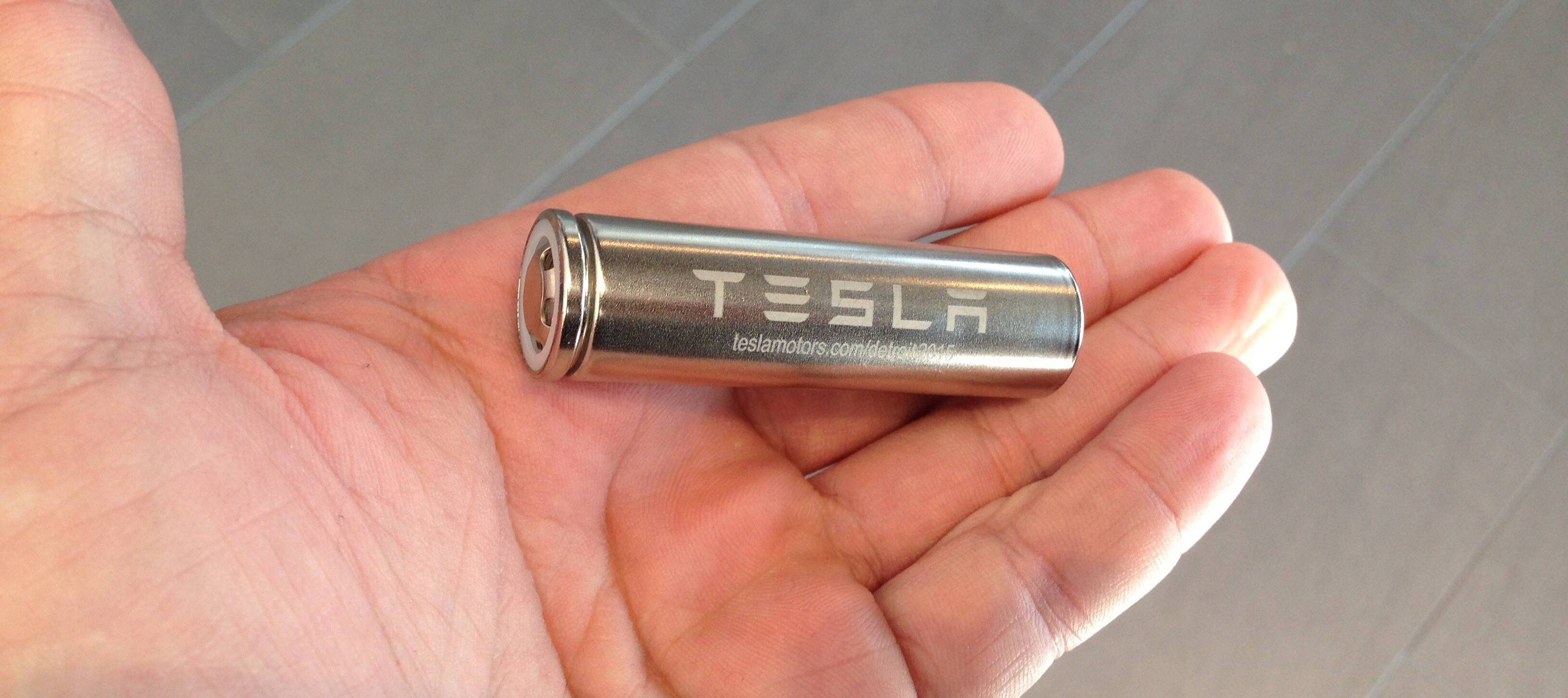
Tesla’s battery research group led by Jeff Dahn in Halifax has applied for a patent that describes a new battery cell chemistry that would result in faster charging and discharging, better longevity, and even lower cost.
Jeff Dahn is considered a pioneer in Li-ion battery cells. He has been working on the Li-ion batteries pretty much since they were invented. He is credited for helping increase the life cycle of the cells, which helped their commercialization. His work now focuses mainly on a potential increase in energy density and durability.
In 2016, Dahn transitioned his research group from their 20-year research agreement with 3M to a new association with Tesla under the newly formed ‘NSERC/Tesla Canada Industrial Research’.
Through the agreement, Tesla invested in a new research lab close to Dahn’s group near Halifax, Nova Scotia.
We haven’t heard much from Dahn over the past few years, but we previously reported that his group has been working on additives to the electrolyte in order to increase the performance of Li-ion battery cell chemistry.
Around the time that we reported on their effort, they apparently applied on a patent for the technology and it was made public last night.
It’s called ‘Novel battery systems based on two-additive electrolyte systems’.
In the background of the application, Dahn and his team describe how it has been proven that using several additives can improve battery performance, but it generally requires up to 5.
They have a solution to use only two and they claim that it results in better performance, lifetime, and cost:
“Two-additive electrolyte systems that enhance performance and lifetime of Li-ion batteries, while reducing costs from other systems that rely on more additives. This disclosure also discloses effective positive electrodes and negative electrodes that work with the disclosed two-additive electrolyte systems to provide further systematic enhancements.”
The patent application says that the new two-additive mixtures in an electrolyte solvent can be used with lithium nickel manganese cobalt compounds, also known as a NMC battery chemistry.
It is commonly used in electric vehicles by many automakers, but not by Tesla. The company used the technology in its stationary energy storage systems, but it uses NCA for its vehicle battery cells.
The new patent filed by Tesla’s battery research group mentions that the technology would be useful for both electric vehicles and grid-storage.
For the more hardcore battery geeks out there, here’s the summary of Tesla’s new battery patent:
Two-operative, additive electrolyte systems disclosed include 1) vinylene carbonate (VC) combined with 1,3,2-dioxathiolane-2,2-dioxide (DTD, also known as ethylene sulfate) or another sulfur-containing additive (such as methylene methane disulfonate, trimethylene sulfate, 3-hydroxypropanesulfonic acid γ-sultone, glycol sulfite, or another sulfur-containing additive), 2) fluoro ethylene carbonate (FEC) combined with DTD or another sulfur-containing additive, and 3) prop-1-ene-1,3-sultone (PES) combined with DTD or another sulfur-containing additive. Further, because VC and FEC provide similar improvements (and are believed to function similarly), a mixture of VC and FEC may be considered as only a single operative electrolyte. That is, another disclosed two-operative, additive electrolyte system includes a mixture of VC and FEC combined with DTD or another sulfur-containing additive. When used as part of a greater battery system (which includes the electrolyte, electrolyte solvent, positive electrode, and negative electrode), these two-operative, additive electrolyte systems produce desirable properties for energy storage applications, including in vehicle and grid applications.
More specifically, lithium nickel manganese cobalt oxide (NMC) positive electrodes, a graphite negative electrodes, a lithium salt dissolved in an organic or non-aqueous solvent, which may include methyl acetate (MA), and two additives to form a battery system with desirable properties for different applications. The electrolyte solvent may be the following solvents alone or in combination: ethylene carbonate (EC), ethyl methyl carbonate (EMC), methyl acetate, propylene carbonate, dimethyl carbonate, diethyl carbonate, another carbonate solvent (cyclic or acyclic), another organic solvent, and/or another non-aqueous solvent. Solvents are present in concentrations greater than the additives, typically greater than 6% by weight. The solvent may be combined with the disclosed two-additive pairs (such as VC with DTD, FEC with DTD, a mixture of VC and FEC with DTD, or another combination) to form a battery system with desirable properties for different applications. The positive electrode may be coated with a material such as aluminum oxide (Al 2O 3), titanium dioxide (Ti02), or another coating. Further, as a cost savings, the negative electrode may be formed from natural graphite, however depending on the pricing structure, in certain instances artificial graphite is cheaper than natural graphite.”
